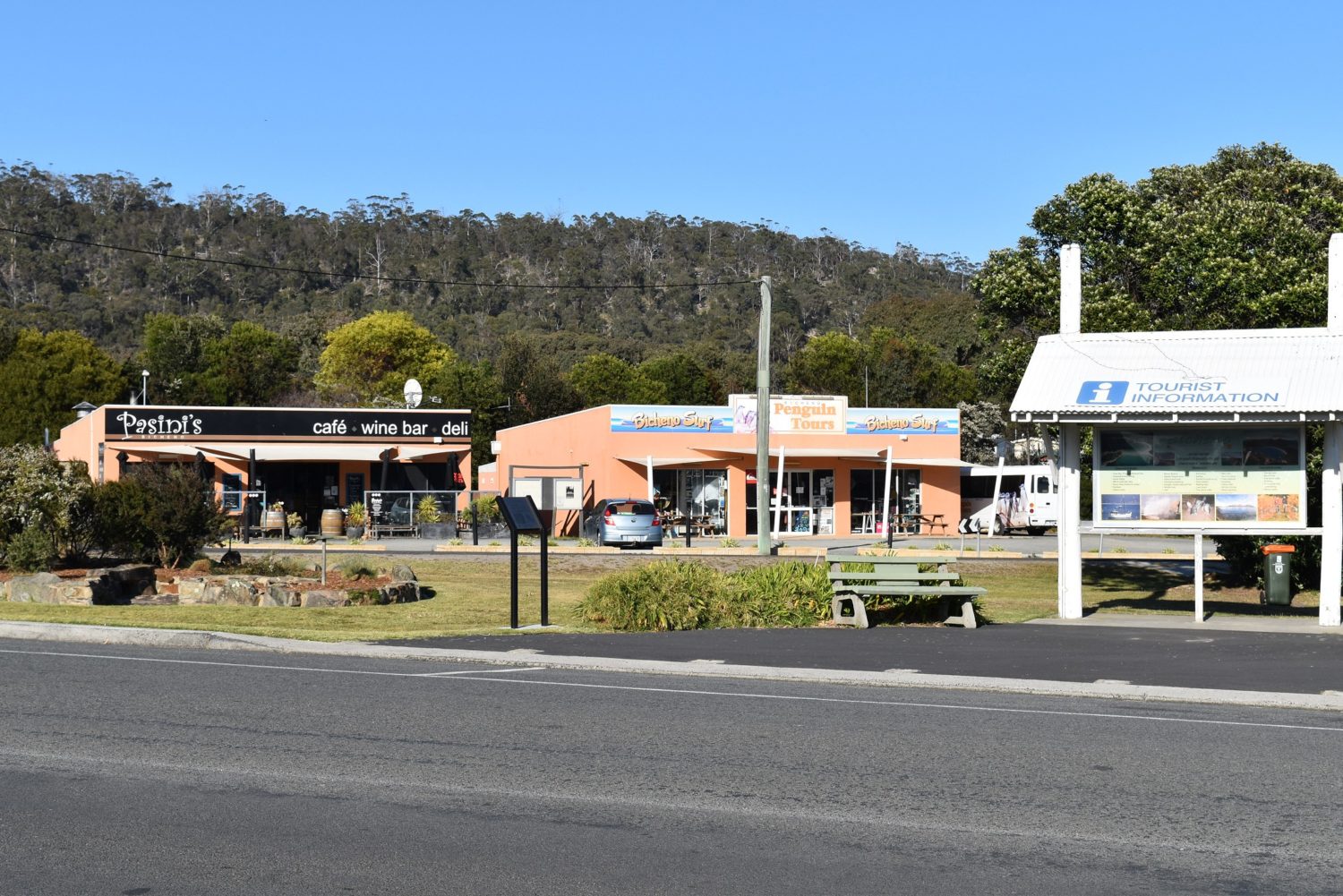
The information panel just visible there outlines the Bicheno History Trail and says, in part:
It was the discovery of coal in the 1840’s which led to a permanent settlement at Bicheno. The Douglas River Coal Company shipped coal through Waub’s Boat Harbour. Government officials were brought into the area and support industries were well established. However, the mines were ultimately unsuccessful and eventually closed in 1858.
In the late 19th century, the commercial potential of the fishing ground off Bicheno began to be recognised, and by the 1930’s the industry was well established.
Tourism was in its infancy around the turn of the century, although Bichno, being relatively isolated by poor roads, was not seen as a visitor destination. Travellers had to rely on the steamer service, or rail and coach. However, in the period following World War II, the tourism industry on the East Coast really began to take off and remains an important part of Bicheno’s economy today.
There are similar panels around the town. I’ve included some of the text from them below, in italics.
At the town’s major crossroad of Burgess and Foster Street, using £750 in deferred pay form his service in the R.A.A.F., and with the help of his sister, [Brian Winspear] opened a small shop and soon after a service station. The service station was removed in the 1980’s.
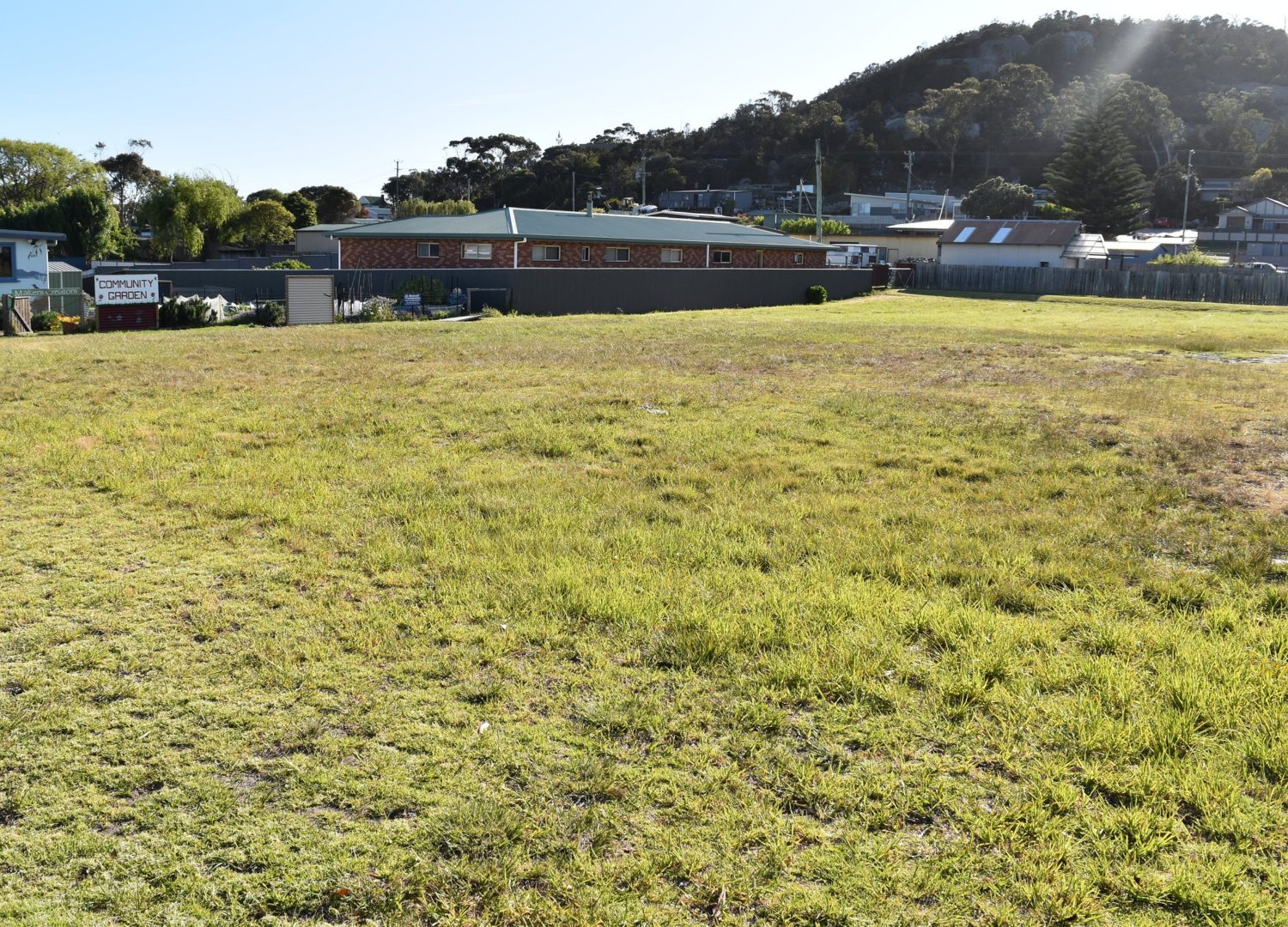
Bicheno’s first licensed house (‘pub’) was the ‘Native Youth Inn’, opened in July 1852. It was situated on the corner of Burgess & Foster Streets to Joseph Tilley. The Inn belonged to John Amos. At the time there was a limit to the number of public houses in the district, but Tilley got around this by obtaining an existing licence at Swansea and transferring it to Bicheno.
Photo below, from the information panel.
(House on the right)
KIAMA TEA HOUSE – late 1800s
William Harvey was a police officer in Bicheno. When he retired, he built ‘Kiama’ and conducted a boarding house there. The Tasmanian Hotel and Boarding House directory of 1939-40 lists ‘Kiama’ as being owned by Mrs. C.A. Telford. Accommodation up to 20 people, it operated as both a boarding house and tea rooms, attracting visitors from outlying areas as well as many patrons travelling on Tour Coaches.
Postcards of Kiama Tea House, from the Tasmanian Archives & Heritage Office
In 1906 the first Community Hall was constructed by local residents. It remained the main centre for community occasions/events until, in the early 1950’s, it was removed and relocated to Elephant Pass (on the road to St Marys) as a private residence.
After the Second Word War [sic], Returned Service League members constructed the current hall, which served as a meeting place, hence the name change to the War Memorial Hall.
When the Municipality took over Police responsibility in 1860, it recognised the district’s need for a ‘Watch House’ to house offender, as well as to provide a residence for police officers. Treasurer Mr E.O. Cotton and Mr. James Amos of Cranbrook called for tenders and selected a site for the building. Mr. Joseph Tilley was successful with his tender of £255. The building had three rooms and two cells.
Plan from information panel:
In 1854, a licence was granted to William Wilson Hume, who premises were on the the corner of Burgess & James Sts, on the site of the present Primary School. The inn was built at a cost of £476,
This licence was later transferred to Alfred Glover in 1860. He operated it initially as the Bicheno Hotel, then under the name ‘Steam Packet Inn’, and later still as the ‘Bicheno Inn’ which continued in business until 1864.
The building was later dismantled and moved to ‘Apslawn’, south of Bicheno were it was converted into a dwelling.
This, from a Tasmanian Archives & Heritage Office photo, shows the corner from the above photos. Steam Packet Inn to the right, the community hall behind it and the watch house on the left. The house at the back might be one in the next photo. I don’t know what it looked like but it seems to the right location.
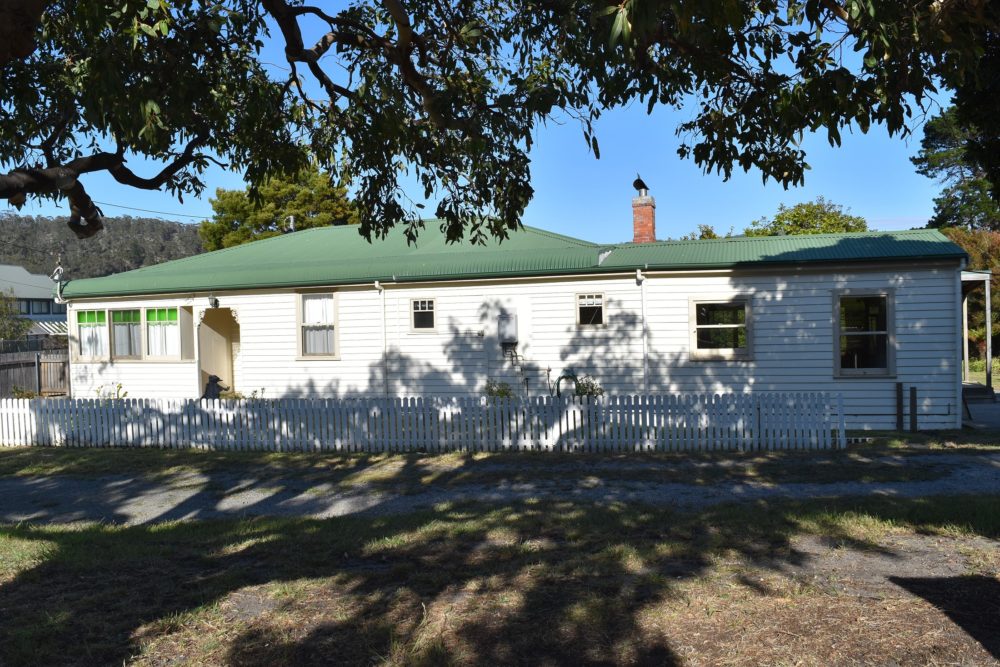
This and the next photo are the same property.
Mrs. Hill’s Boarding House (larger dwelling) was built in the mid 1800s. The Tasmanian Hotel and Boarding House directory of 1939-40 lists the boarding house as the ‘Waratah’. It could accommodate 8 people for 8 shillings a day or £2 a week. In the mid 1900’s. Mrs. Hill also operated a general store at these premises.
It is thought that smaller dwelling, and the Post office, which opened as a receiving house on 1 January 1855, were built some time earlier.
In 1857, Dr James Edward, resident medico at the Bicheno coal mines, called a public meeting to raise funds for the erection of a church. The effort failed.
However, in 1879 the Revered James Scott, of St Andrews, Hobart realised that there was an urgent need for more regular services in this outlying community, and a meeting was held in 1881 to discuss a Bicheno church. Built by Thornbury and Allen, it was erected with funds raised by members of the Anglican and Presbyterian churches, at an estimated cost of £150. The resulting church opened for worship December 1882.
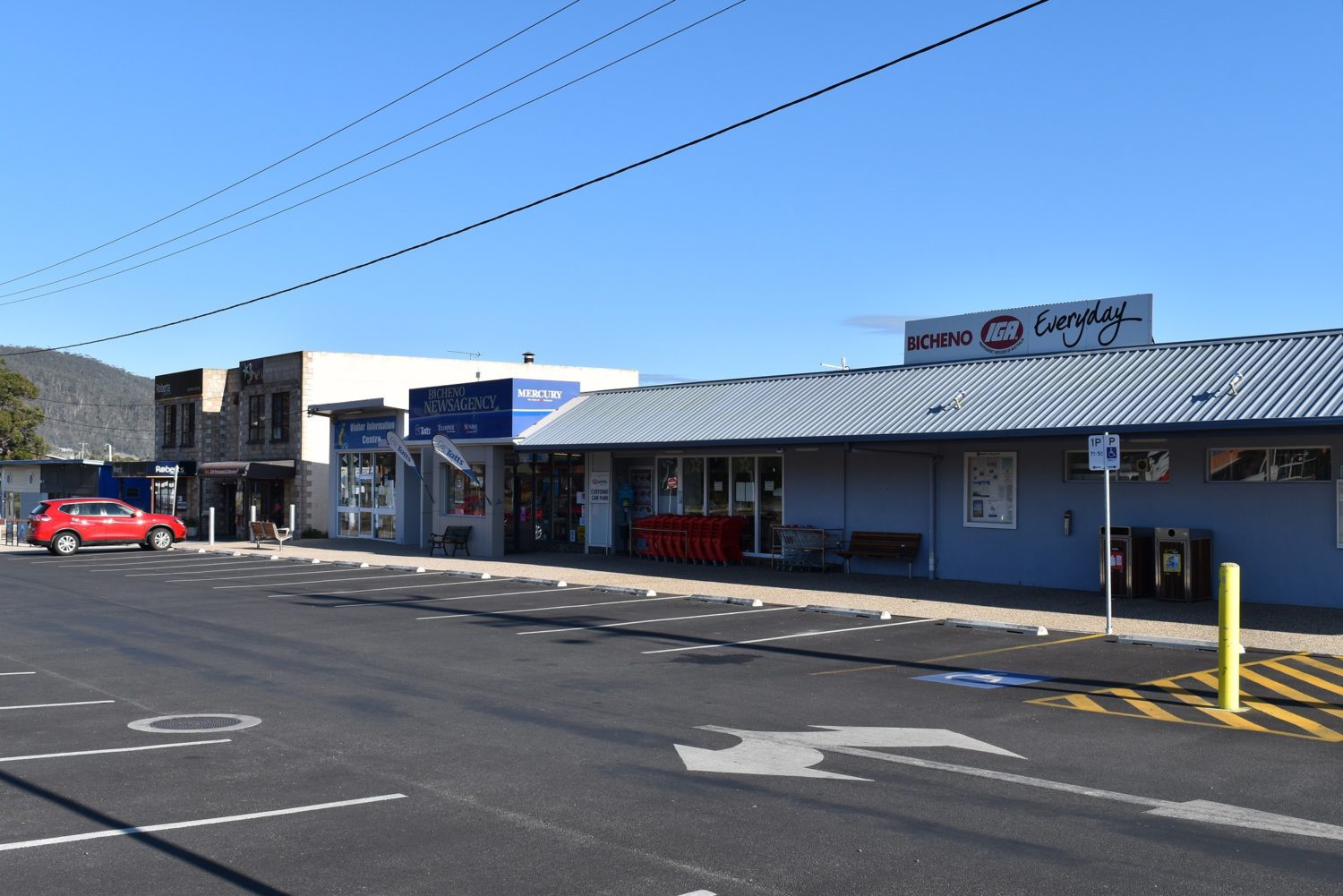

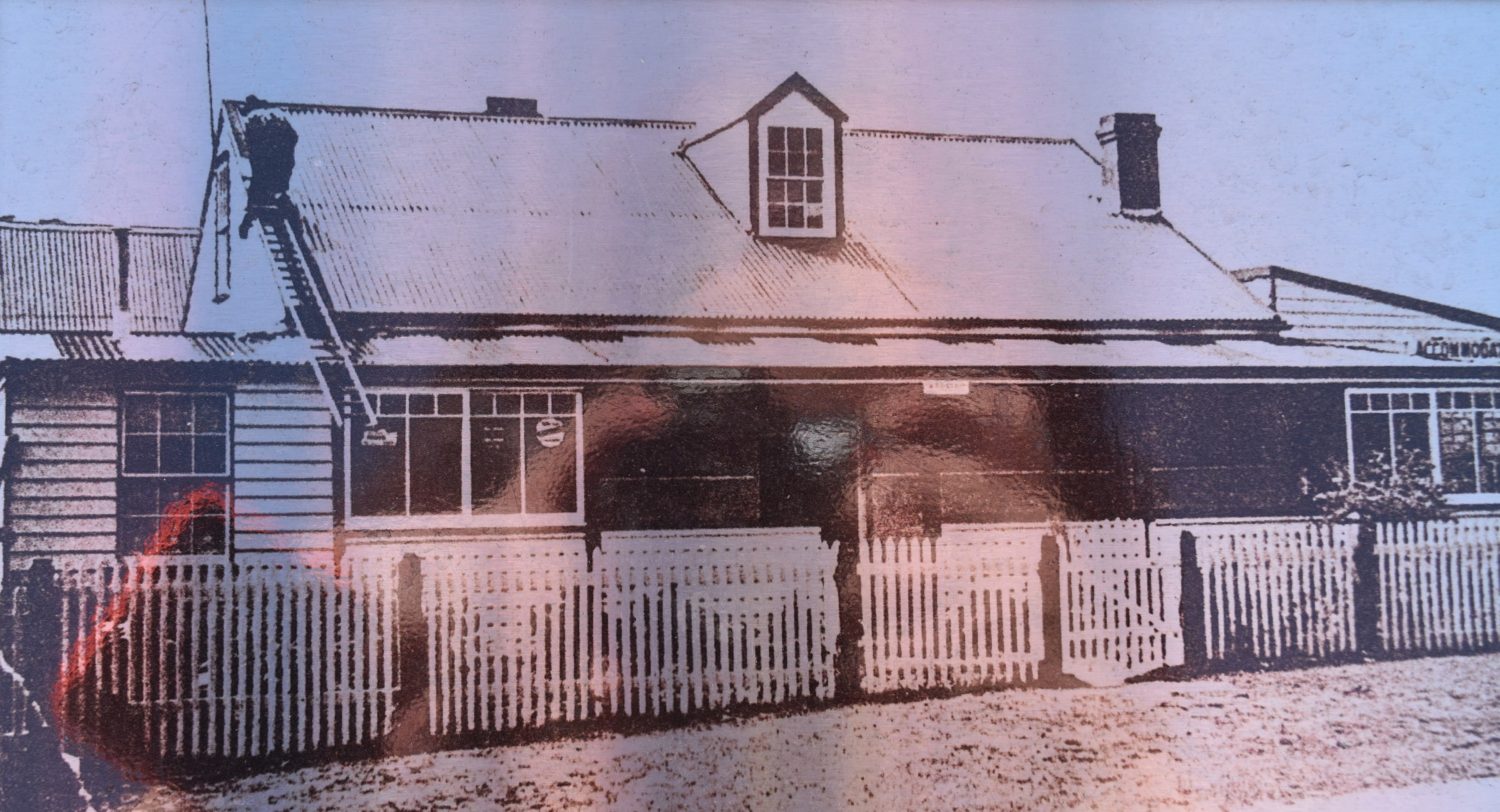
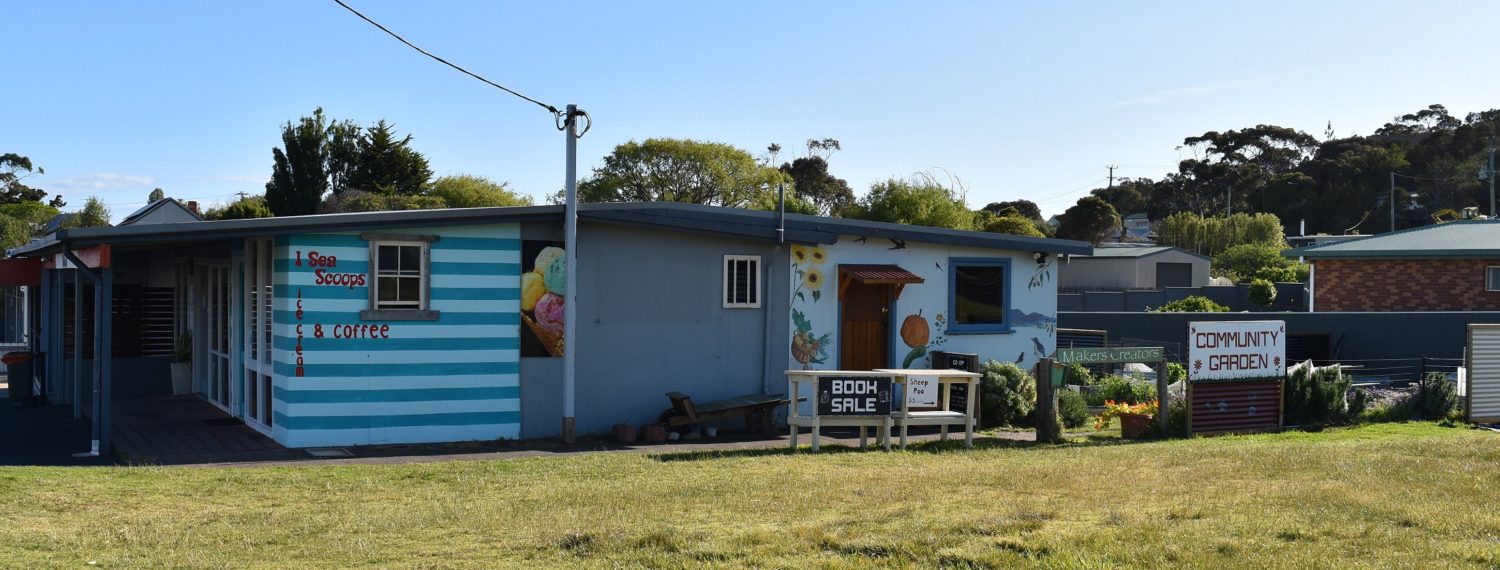

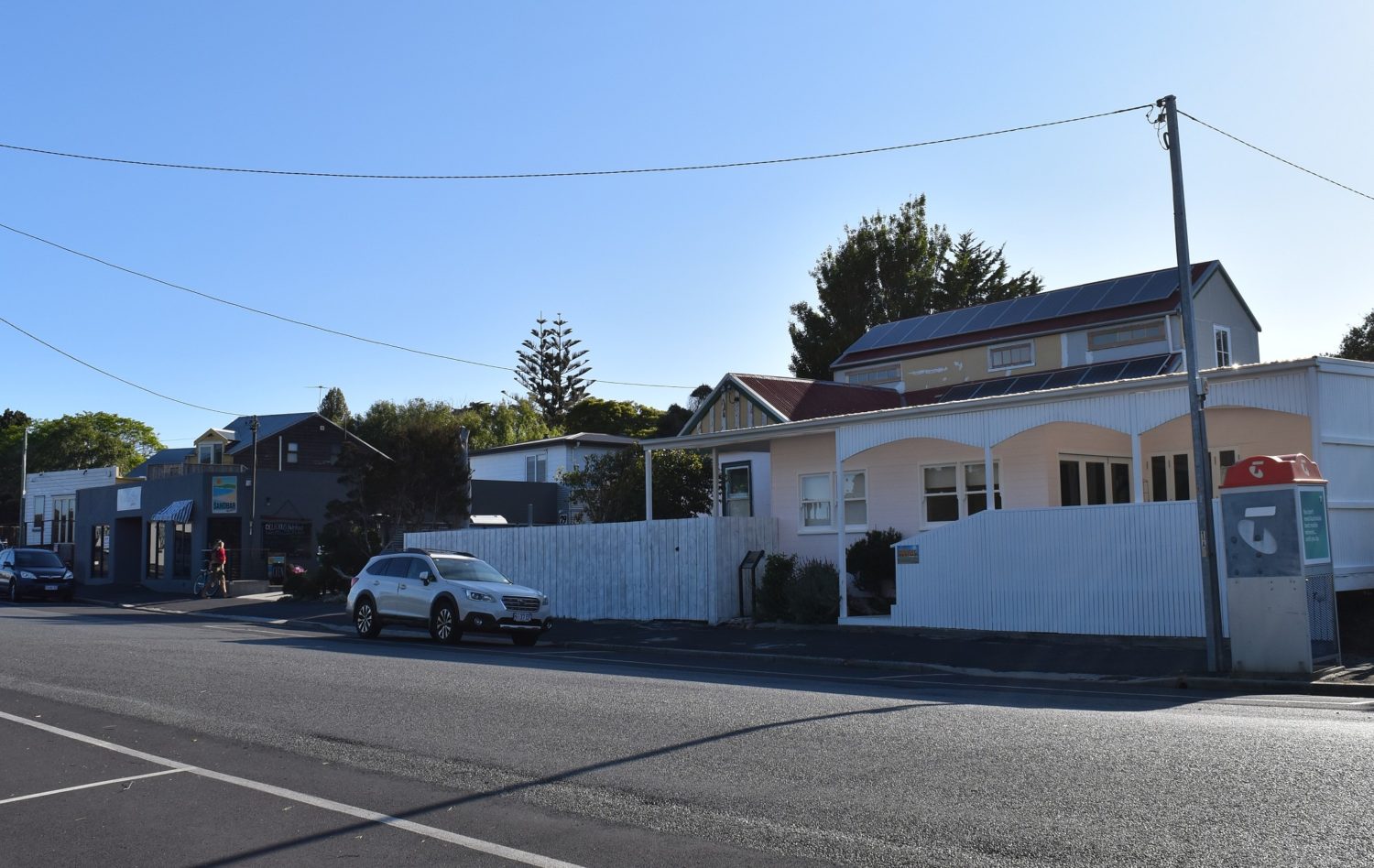

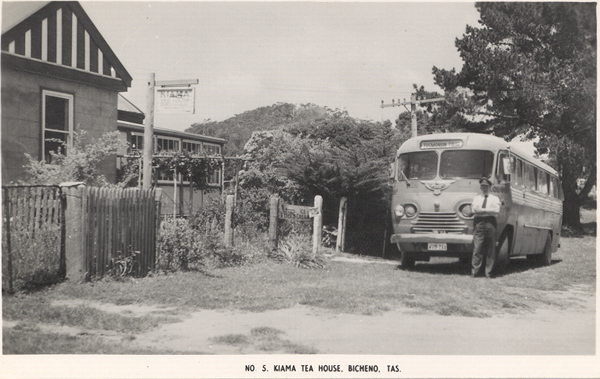
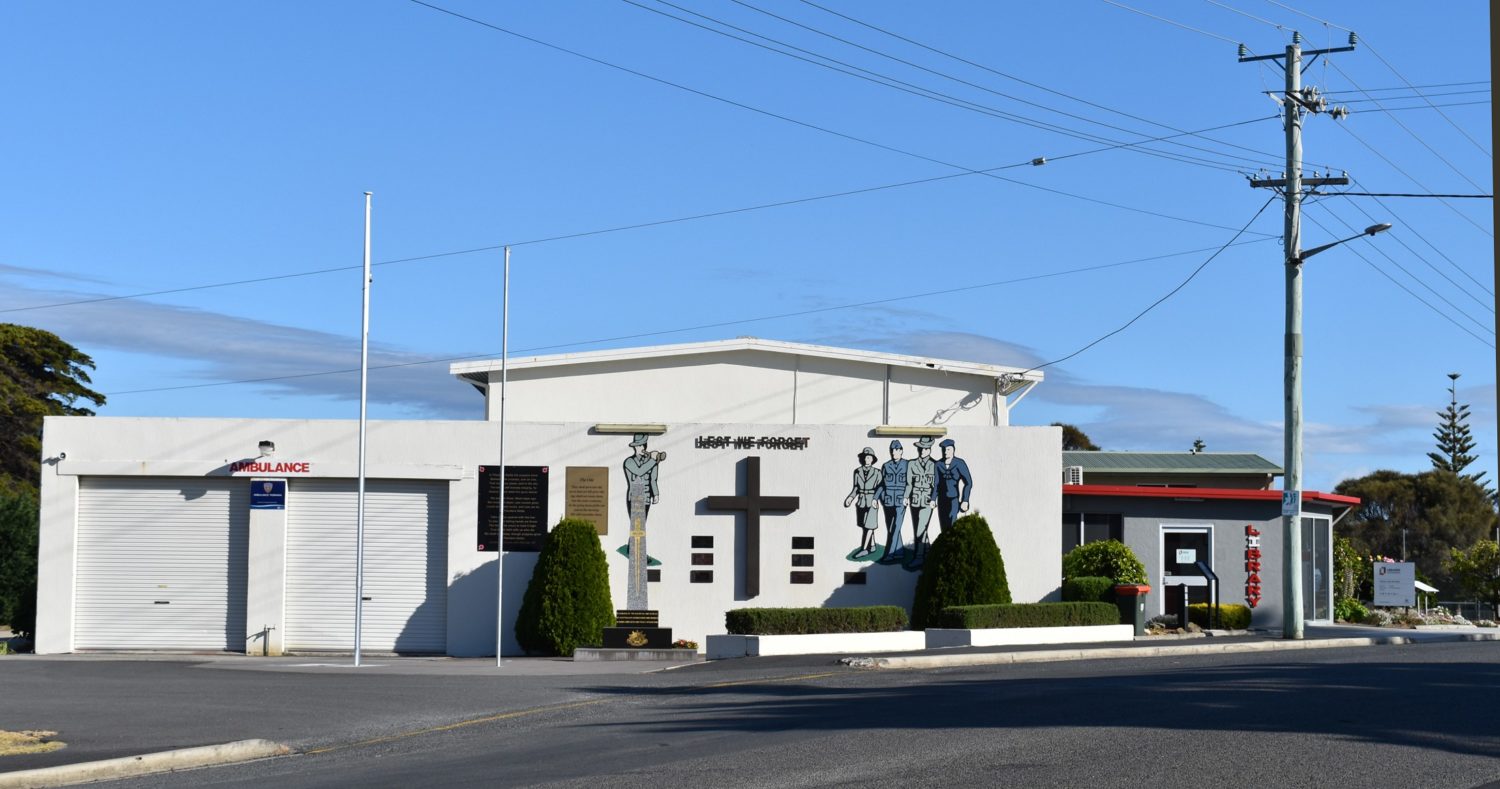



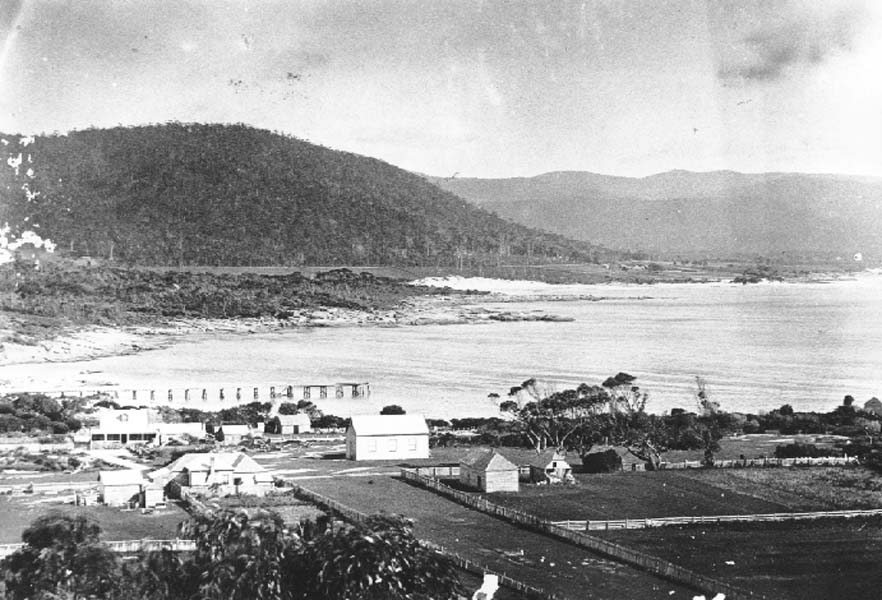
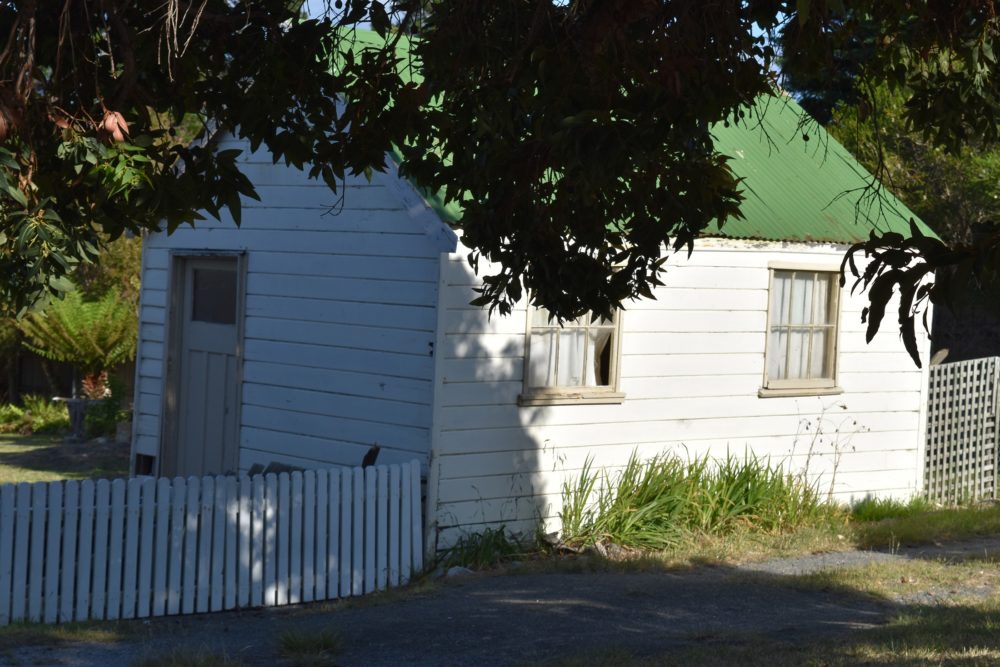

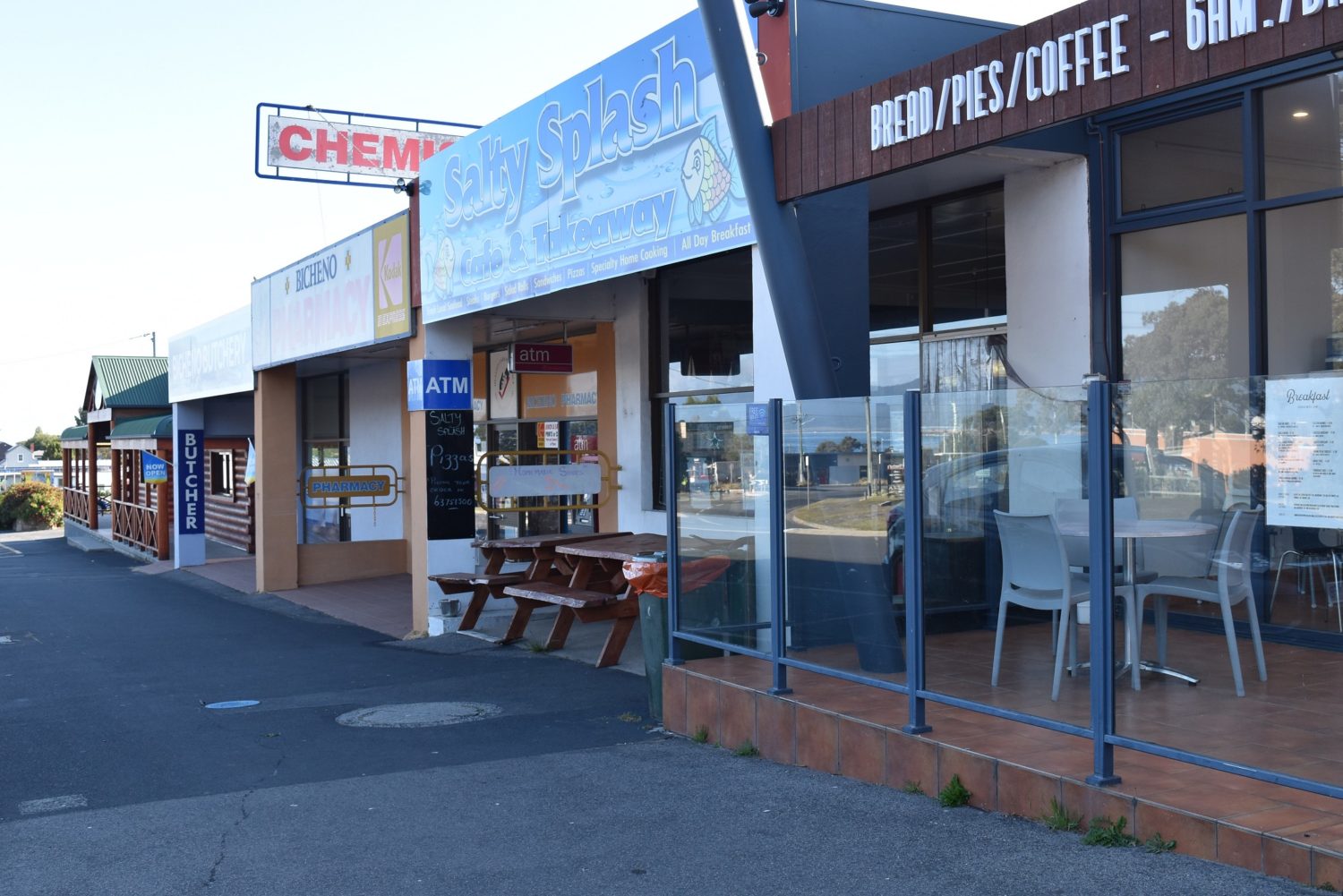





You must log in to post a comment.